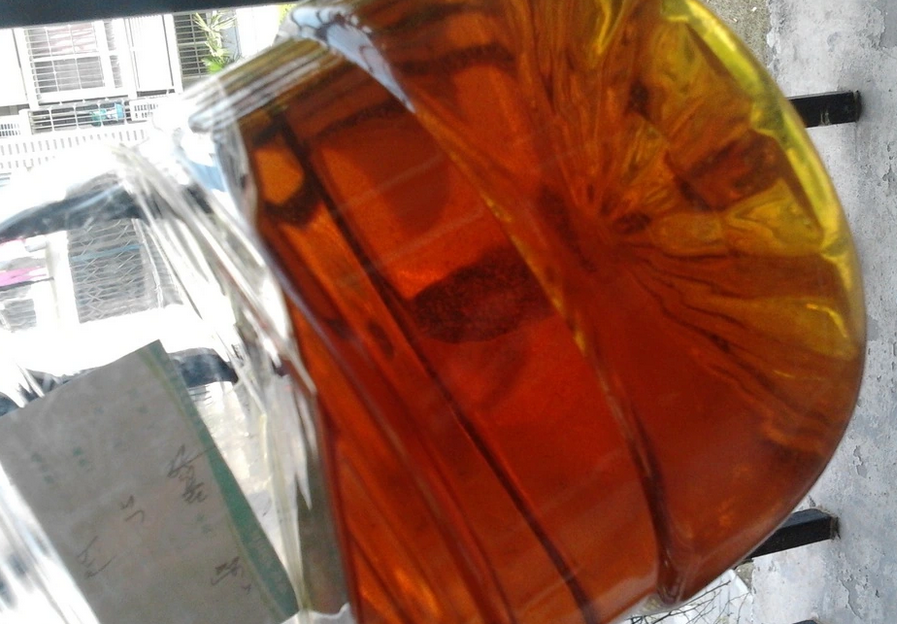E-mail seo@sino-purification.com

Time:2025-11-26 14:38:54 Reading volume:
Water contamination in transformer oil is one of the most dangerous issues affecting transformer reliability, insulation performance, and operational lifespan. Even small amounts of moisture can trigger rapid degradation of both oil and solid insulation. In essence, water in transformer oil is like a hidden time bomb—and understanding its effects is crucial for safe transformer operation.

Mechanism:
Pure transformer oil has high dielectric strength. However, water droplets (especially in the free state) have a much higher dielectric constant and will polarize under an electric field, forming conductive “bridges.”
Consequences:
Sharp decrease in breakdown voltage
Higher likelihood of partial discharge
Potential insulation failure even under normal voltage
Increased risk of catastrophic electrical accidents
Mechanism:
Moisture accelerates oxidation reactions in transformer oil, especially in the presence of heat, oxygen, and metal catalysts.
Consequences:
Increased acid value: Corrosion of metal components and insulation paper
Sludge formation: Deposition on windings, cooling ducts, and core surfaces, causing heat dissipation problems
Vicious aging cycle: More sludge → poorer cooling → faster aging
Transformer solid insulation, mainly cellulose-based, is extremely sensitive to moisture.
Mechanism:
Water breaks the long polymer chains of cellulose, reducing the Degree of Polymerization (DP).
Consequences:
Structural weakening of insulation paper
Increased brittleness and cracking
Risk of winding deformation during short-circuit forces
Direct reduction of transformer service life
Oil and paper constantly exchange moisture depending on temperature.
High temperature → moisture migrates from paper to oil
Low temperature → oil reabsorbs moisture into paper
This dynamic moisture cycle accelerates both oil deterioration and cellulose aging, creating a long-term degradation loop.
Moisture combined with acidic aging byproducts corrodes:
Core clamps
Tank walls
Bolts, metal supports
Magnetic circuit components
This corrosion weakens the structural integrity and magnetic performance of the transformer.
Moisture lowers oil’s thermal conductivity
Sludge blocks cooling channels
The transformer running temperature rises significantly
Excessive temperature further accelerates insulation aging, forming a continuous deterioration cycle.
Forms of Moisture in Transformer Oil and Their Harm Levels
Water is fully dissolved in oil
Minimal impact on breakdown voltage
Still accelerates oxidation and cellulose hydrolysis
Water dispersed as tiny droplets
Oil turns cloudy or milky
Significant drop in dielectric strength
Visible water droplets settling at the tank bottom or suspended in oil
Quickly forms conductive paths
Highest risk of insulation breakdown
Summary: Why Water in Transformer Oil Is Dangerous
Moisture contamination leads to:
Lower insulation strength
Faster oil oxidation and sludge formation
Accelerated aging of insulating paper
Corrosion of transformer metal parts
Impaired cooling and overheating
Increased risk of partial discharge and breakdown
Left untreated, water can directly cause transformer failure, explosions, or fires.
Monitor key parameters such as:
Water content (ppm)
Breakdown voltage
Acid number
Interfacial tension (IFT)
Dissolved gas analysis (DGA)
Install real-time moisture sensors for early detection of water ingress.
For light to moderate moisture:
Vacuum oil purifier with heating and vacuum dehydration
Hot oil circulation to remove dissolved, emulsified, and free water
For severe moisture contamination:
Transformer shutdown for vacuum hot oil spray drying
Insulation drying or factory repair if moisture penetrates solid insulation
Ensure proper sealing of gaskets, breathers, and conservator systems
replace silica gel regularly
Minimize exposure to air during installation and maintenance
Inspect for leaks and breathing system failures